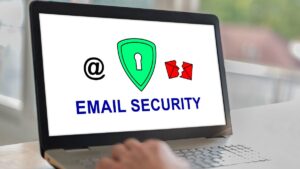In today’s era of the internet, camera and video system vulnerabilities are top on the list. It is of the utmost importance to protect your cameras and the video systems and more if the same resides on the same network as you store your data in. With the vulnerabilities remaining common, let’s look at the impacts it can bring in.
- Hacking into the system can change your settings and in most cases result in the loss of important video data and disable the recording. The recorded files get corrupted and the configurations are heavily tampered with.
- Hackers will have the access to the live or the recorded images and exploit them to the point that they might get leaked publically.
- The camera usernames and passwords are compromised at times to gain access to other networks and stage bigger attacks.
- A camera’s VMS software is the easiest target to insert malware and bots.
- Accessing an unsecured VMS remotely puts both the company network as well as the user into the front which lets the imposter taking over the entire control of the network.
What Should Be Done to Protect the Surveillance System?
There are a few things, which if effectively done, can keep the working of your system in place.
- Before installing the cameras, it is important to change your default passwords. If the cameras are already installed, then it will be wisest to schedule an appointment with the professionals to change it at the soonest and again change them periodically.
- The systems must be regularly updated with the latest software to keep a check on the appearance of patches or vulnerabilities.
- Install cameras and video systems that have the benefit of monitoring their health. If it is too much work for you to do, then you might also hire a reputable 3rd party for the job. Most of the recent systems today now have the attached health monitors to them that make the task easier.
- If the services are unused, then turn off or disable the camera. Cameras today are manufactured with the additional features of turning on by default and can breach your security.
- To reduce cybersecurity vulnerability, allowing remote access to VMS using the SSL encrypted traffic is wise. You can also access RTSP or HTTPS based on your requirements.
The safety today is in your own hands. For maintaining it, keep a proper check on your security systems carefully.




